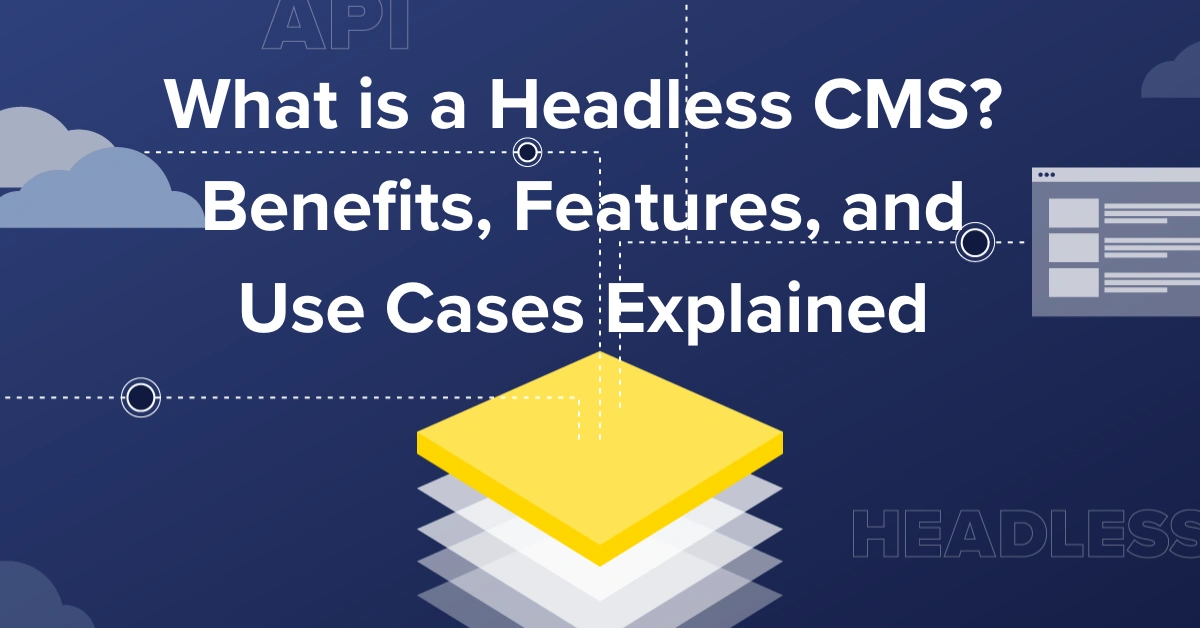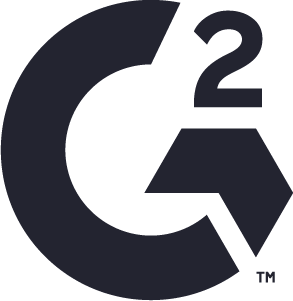
What is a Headless CMS? Benefits and Use Cases Explained
Posted by Bonnie Thompson on July 3, 2025
Delivering engaging and consistent content across multiple platforms is a huge challenge for developers today. Whether it’s websites, mobile apps, or IoT devices, managing content in a way that empowers your marketing team to deliver transformational experiences that delight your customers while also freeing you from endless updates can feel like an impossible task.
Enter the headless CMS, a powerful tool for modern content delivery.
In this post, you’ll learn what a headless CMS is, how it compares to a traditional CMS, the key benefits and features for developers, and the top use cases that make it a go-to solution for modern businesses.
What is a headless CMS?
A headless CMS is a content management system (CMS) that separates the back-end content repository (the “body”) from the front-end presentation layer (the “head”). By delivering content through APIs, it enables flexible, omnichannel delivery across websites, mobile apps, IoT devices, and more, freeing you from the limitations of traditional frameworks or templating systems.
Unlike traditional CMS platforms like WordPress or Drupal, which tightly couple content and presentation layers, a headless CMS focuses purely on managing content. This decoupled architecture allows developers to build custom frontends using their preferred tech stack, while enabling marketers to independently update content in a central hub. Think of it as a content hub designed for the modern, omnichannel world, where content can seamlessly adapt to any platform or device.
What’s the difference between a headless CMS and a traditional CMS?
Traditional CMS platforms are monolithic. Monolithic architecture combines the backend and frontend layers together into a single system. This creates rigid templates, slow performance, and challenges in scaling across multiple platforms. You’re often stuck using proprietary tools, making integrations and updates difficult.
A headless CMS delivers content via APIs, so you can work in your favorite environments without being limited by the CMS’s architecture. This flexibility means faster websites, omnichannel compatibility, and reduced reliance on developers for every content update, a win-win for technical and non-technical teams.
What are the top benefits of a headless CMS?
Here are the five biggest benefits of a headless CMS:
-
Omnichannel content delivery: Deliver content to websites, mobile apps, and IoT devices for a seamless digital experience across all devices.
-
Increase flexibility: Build frontends using familiar frameworks, like React, Vue, and Angular, to create innovative user interfaces and exceptional user experiences.
-
Improve performance: API-first technology means you only deliver the data you need. That results in faster load times and better performance all around (something that’s especially important for SEO and user experience).
-
More security: Decoupling the frontend and backend minimizes attack vectors, reducing the risk of common vulnerabilities like XSS and SQL injection. You can deploy your frontend separately, further isolating potential threats.
-
Better collaboration and efficiency: A headless CMS enables better collaboration between content creators and developers. Content teams can manage and publish content independently of developers, creating a more agile workflow and reducing bottlenecks.
What are the top use cases for a headless CMS?
Top use cases include:
-
Omnichannel campaigns: Deliver consistent messaging across multiple platforms, including websites, apps, smart devices, and in-store kiosks.
-
Ecommerce platforms: Support dynamic storefronts and personalized shopping experiences, and easily integrate with payment systems and inventory tools.
-
Localized and multilingual content: Simplify content management across multiple regions or languages, so you can ensure consistent workflows and reduce redundancy.
-
Media-rich platforms: Upload media faster and more smoothly. This is especially important for sites with large amounts of video or image-heavy content.
-
Custom web applications: Enjoy unparalleled freedom to innovate, especially for apps with unique front-end requirements.
What are the must-have features of a headless CMS?
Feature must-haves include:
-
Robust API support: Look for a CMS with flexible, well-documented APIs for delivering your content wherever it’s needed.
-
Content modeling flexibility: You must be able to create and manage structured content types that suit your specific needs.
-
User-friendly interface for marketers: Ensure the CMS offers an intuitive dashboard so non-technical users can manage content without your help.
-
Scalable architecture: Look for a CMS that can grow with your needs, handling high traffic and new content channels effortlessly.
-
Secure and reliable infrastructure: Prioritize solutions that emphasize data security and system reliability to keep your content safe.
Tired of your traditional CMS? Consider the flexibility, efficiency, and scalability of a headless CMS instead. By separating the content and presentation layers, you can innovate on the frontend and put your marketing team in charge of content updates, leaving you to work on more high-value projects.
Ready to see what a headless CMS can do? Schedule a demo or start a free trial to get started with ButterCMS.
ButterCMS is the #1 rated Headless CMS
Related articles
Don’t miss a single post
Get our latest articles, stay updated!













Bonnie Thompson is a content marketer with over six years of experience in the tech industry, helping brands create meaningful content that empowers readers to achieve their business goals. When she’s not writing, you’ll find her hiking in the Blue Ridge Mountains, planning her next national park adventure, or enjoying Friday night pizza and movie nights with her family.